The On-demand Transportation Market is currently characterized by a dynamic competitive landscape, driven by technological advancements, evolving consumer preferences, and regulatory changes. Major players such as Uber Technologies Inc (US), Lyft Inc (US), and Didi Chuxing Technology Co (CN) are at the forefront, each adopting distinct strategies to enhance their market positioning. Uber Technologies Inc (US) continues to innovate with its focus on electric vehicle integration and autonomous driving technology, aiming to reduce operational costs and improve service efficiency. Meanwhile, Lyft Inc (US) emphasizes partnerships with public transportation systems, enhancing its service offerings and expanding its user base. Didi Chuxing Technology Co (CN) is strategically investing in international markets, particularly in Southeast Asia, to diversify its revenue streams and mitigate risks associated with domestic competition.
The competitive structure of the On-demand Transportation Market appears moderately fragmented, with several key players vying for market share. This fragmentation is indicative of a landscape where localized strategies and supply chain optimization are paramount. Companies are increasingly localizing their services to cater to regional preferences, which not only enhances customer satisfaction but also strengthens brand loyalty. The collective influence of these key players shapes a competitive environment where innovation and adaptability are crucial for sustained growth.
In August 2025, Uber Technologies Inc (US) announced a partnership with a leading electric vehicle manufacturer to accelerate the deployment of electric vehicles within its fleet. This strategic move is significant as it aligns with global sustainability goals and positions Uber as a leader in the transition towards greener transportation solutions. The partnership is expected to enhance operational efficiency while appealing to environmentally conscious consumers, thereby potentially increasing market share.
In September 2025, Lyft Inc (US) launched a new initiative aimed at integrating its services with local public transit systems across major U.S. cities. This initiative is pivotal as it not only broadens Lyft's service offerings but also reinforces its commitment to providing comprehensive transportation solutions. By facilitating seamless connections between rideshare and public transit, Lyft is likely to attract a wider customer base, particularly among urban commuters seeking convenience and efficiency.
In July 2025, Didi Chuxing Technology Co (CN) expanded its operations into the European market, specifically targeting urban centers with high demand for on-demand transportation services. This expansion is strategically important as it allows Didi to tap into new revenue streams and diversify its operational risks. The move also indicates Didi's ambition to compete on a global scale, potentially challenging established players in the region.
As of October 2025, the On-demand Transportation Market is witnessing a pronounced shift towards digitalization, sustainability, and the integration of artificial intelligence. These trends are reshaping competitive dynamics, with companies increasingly forming strategic alliances to enhance their technological capabilities and service offerings. The focus appears to be shifting from price-based competition to a more nuanced approach that prioritizes innovation, technological advancement, and supply chain reliability. This evolution suggests that future competitive differentiation will hinge on the ability to leverage technology and foster partnerships that enhance service delivery and customer experience.


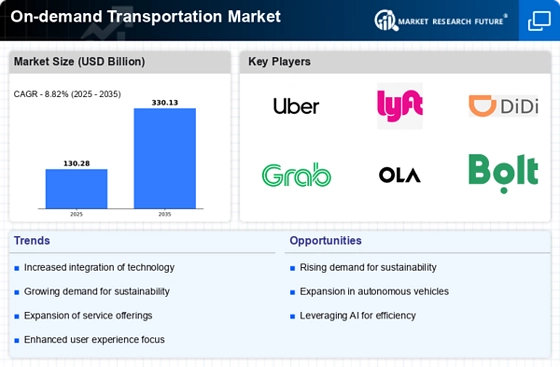


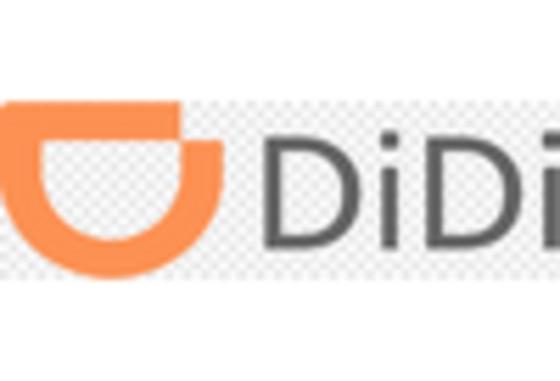
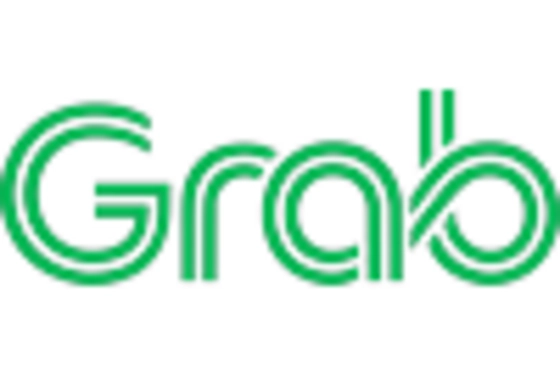
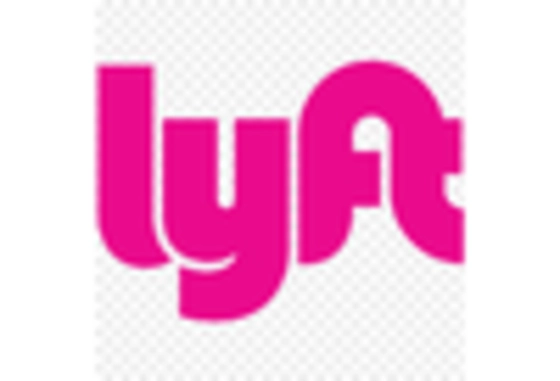
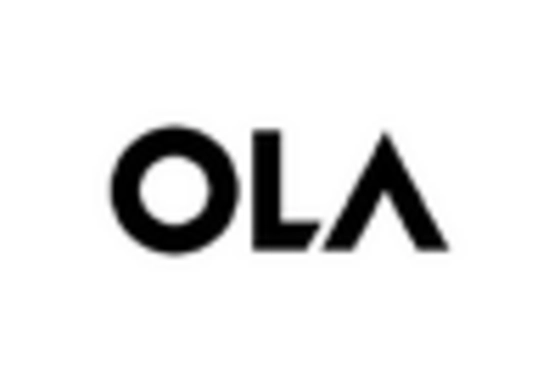
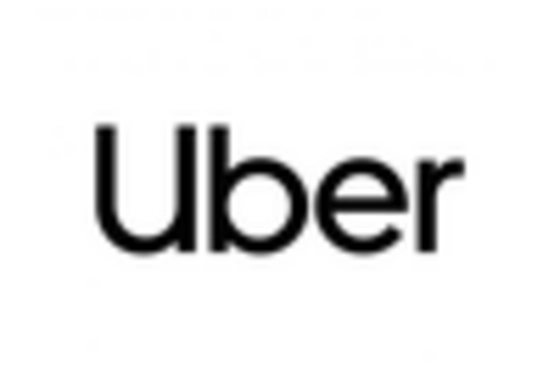








Leave a Comment